This post may contain affiliate links, which means I’ll receive a commission if you purchase through my links, at no extra cost to you. Please read full disclosure for more information.
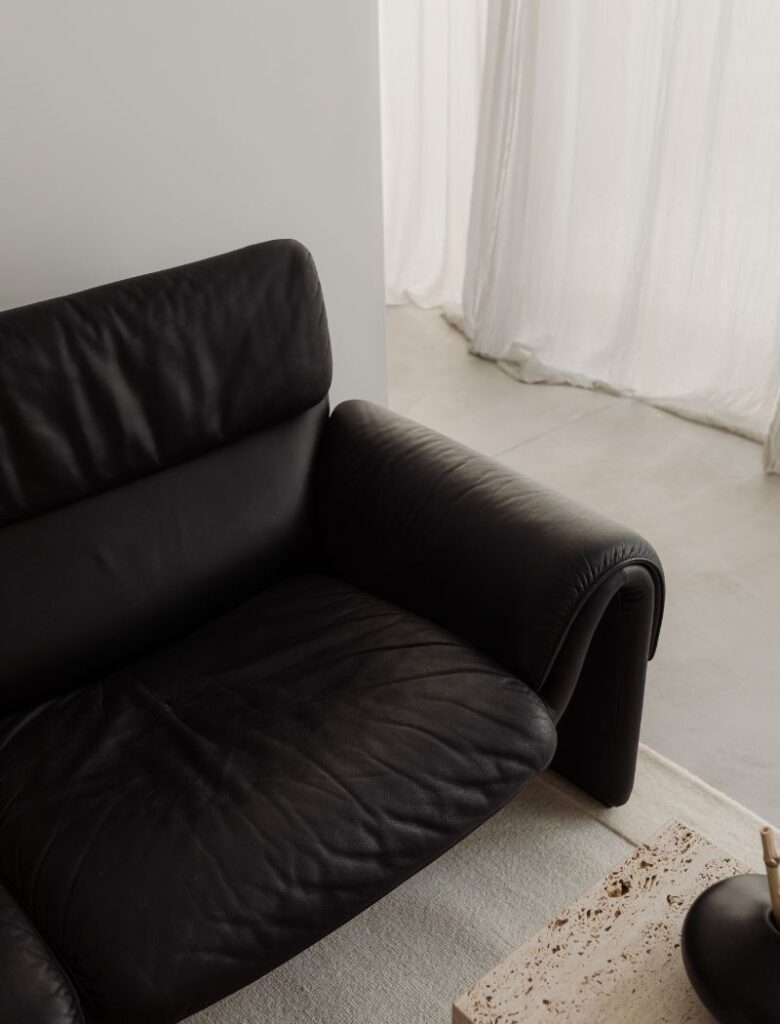
Minimalism has become a popular movement that promotes living with what’s valuable to you and becoming free of excessive possessions. Its acclaim could stem from the numerous personal experiences of fulfillment and happiness from adopting such a lifestyle. It’s also reassuring to know there are mental health benefits to living minimally.
Making the big shift is daunting, especially if you lean more toward the maximalist side of the spectrum. However, adopting a few steps can feel like a breath of fresh air in the long run.
The Benefits of Minimalism
Minimalism has numerous benefits for mental health, from less stress to utter peace of mind. Just keep in mind that the extent to which you can experience these advantages depends on how you apply them in your life.
You may compromise your freedom and contentment if you overdo or exaggerate living minimally. Therefore, it is important to have a clear definition and image of minimalism.
1. Less Mess, Less Stress
Coming home after a long day should be relaxing. Unfortunately, a cluttered environment can induce high levels of stress hormones throughout the day. The thought of dealing with everything can also be particularly pressuring.
Minimalism usually involves eliminating anything unnecessary, which can help you manage your distress. Less clutter means you have a cleaner space to return to at the end of the day and fewer responsibilities.
2. Improved Mood and Productivity
Some people believe that more items can induce creativity. Unfortunately, the same environment does the opposite for others. If an excessive amount of belongings overwhelms you, you may benefit from living minimally.
A neater environment can scratch your brain in the right way, improving your mood almost instantly. One study notes it can enhance your memory, focusing abilities and information processing, which is perfect when you need concentration skills.
3. Financial Peace of Mind
Some people are pressured to buy many items for different reasons, like increasing their social status. Status anxiety and high levels of consumption are associated with household debt and further unsustainable cycles.
Adopting minimalism is a way to get a financial reset, giving you better discipline over your spending habits. You can also free yourself from taxing thoughts related to managing money and making ends meet.
4. Increased Confidence
Another mental health benefit of switching to a minimalist lifestyle is boosting confidence. A 2022 survey found that about two out of three Americans feel shame over their home’s clutter, affecting their romantic and social relationships.
Having a neater environment can help you take pride in your home environment. You’d feel more confident inviting your partner, friends and family over. Cleanliness and simplicity can also improve your self-image and increase your esteem.
5. Better Sleep
Hoarding is viewed as the extreme opposite of minimalism. It involves saving an excessive amount of possessions and storing them chaotically, which results in clutter. It is associated with poor sleep quality and insomnia symptoms.
Sleep is vital for your train of thought and energy levels. Living minimally and parting with your possessions may give you the peace of mind to stabilize your sleeping schedule.
How to Lead a Minimal Lifestyle
With the mental health benefits of minimalism in clear view, the next question to answer is how to lead a minimal lifestyle. Remember what minimal living looks like to you. Follow your own pace and see what steps work best to get there.
1. Consider the Color
Creating a minimalist space starts with a clean color palette. White is popular because it provides a blank slate, but other neutrals like brown and black are also ideal. You can also adopt more colorful options like sage green or mustard yellow.
It is possible to mix and match hues as long as they complement each other. Monochromatic palettes revolving around one color family are also quite effective. Beige, peach and mauve are soothing together.
2. Declutter Your Belongings
The next step is to declutter your space. Minimalism focuses on only keeping what you need and what makes you happy. Removing items may feel overwhelming, so you can start with certain areas like the closet or kitchen.
Remember to be meticulous and hold every single item up. Each one deserves to have individual attention for proper analysis. You can ask yourself questions like, “Is this item used during my day-to-day life?” or “Would I be sad if I no longer have this?”
3. Focus on Quality
When you decide to buy new items, you may be focused on getting the most affordable option or striking a good bargain. However, when you shift to a more minimalist lifestyle, your focus should shift toward quality instead.
Well-made or unique products hold plenty of value. About two of every three new jobs in the U.S. are related to artisanal craftsmanship, suggesting that homeowners are increasingly intent on crafting and personalizing their spaces.
4. Organize What You Have
After narrowing down your belongings, organize what you have. You can get cabinetry and other containers to ensure everything is neatly placed where it should be. Remember to space out everything to have a complete pathway and build up the illusion of cleanliness.
For smaller spaces, look into other storage solutions. Floating shelves are ideal to maximize vertical space. You could also reassess whether you truly want to keep certain items or give them to someone else instead.
5. Take Advantage of Digitization
One underrated way to start living minimally is to take advantage of digitization. Physical copies like photos or certificates tend to pile up. Scan these critical documents and store them on your phone or computer instead.
Add labels to make the files easy to identify when you need to pull certain categories up, organizing them into folders and categorizing them for work or personal life. Encrypt for security reasons as well.
6. Have a Cleaning Schedule
Minimalism is often associated with cleanliness, but spaces are only tidy when you properly maintain them. High-touch surfaces like light switches and door knobs should be cleaned regularly, as well as after visitors enter your home.
You can typically tell that certain areas around you need sweeping and wiping when dirt becomes visible. That said, setting up a schedule can help you maintain an orderly appearance on a regular basis. The routine can also improve your mental well-being.
Live Minimally
Many factors can influence your mental health, with lifestyle at the top of the list. Consider the advantages of living minimally and learn how to practice this lifestyle. You may be surprised at how it changes your quality of life.
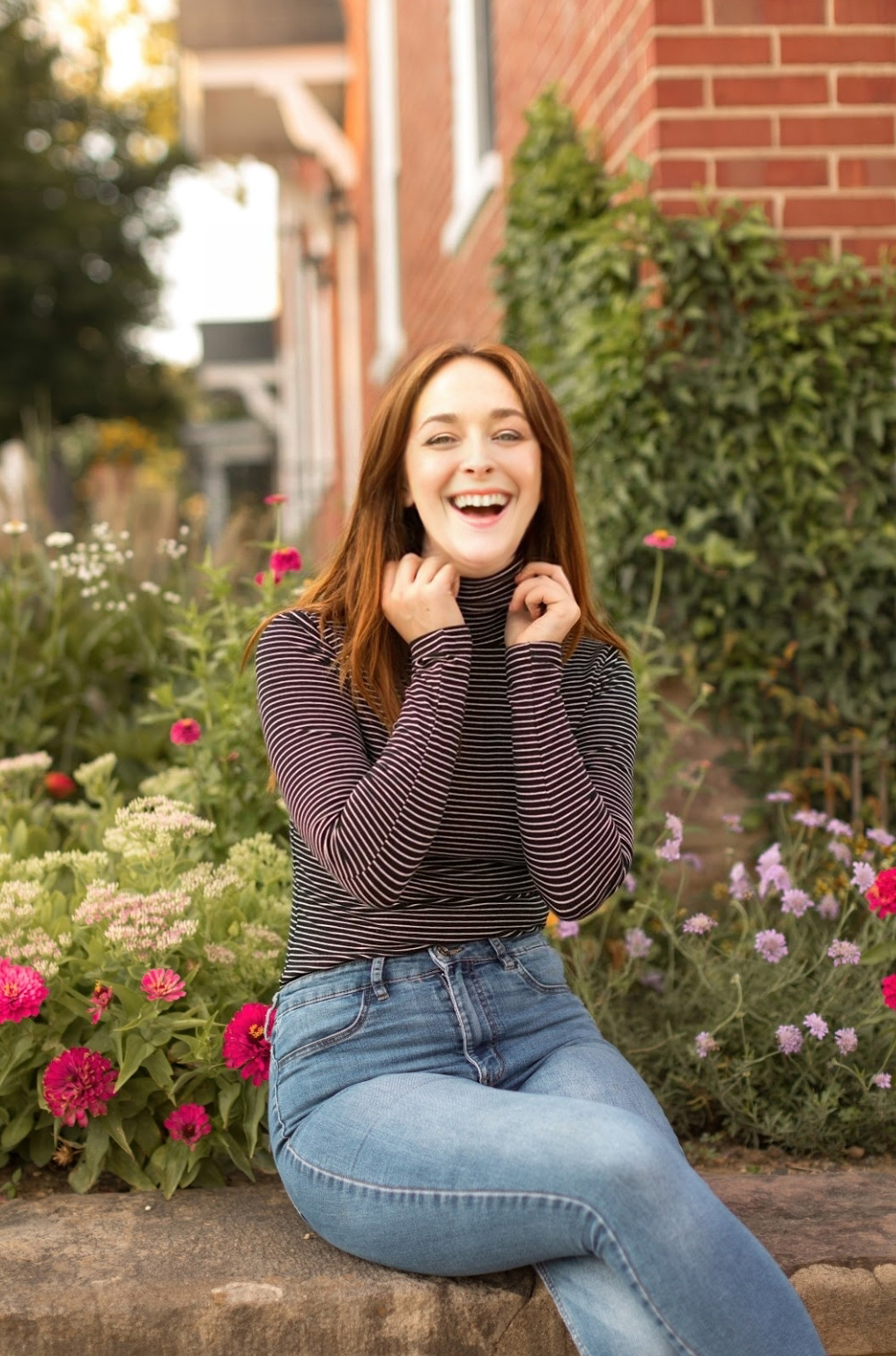
Cora Gold
Contributor
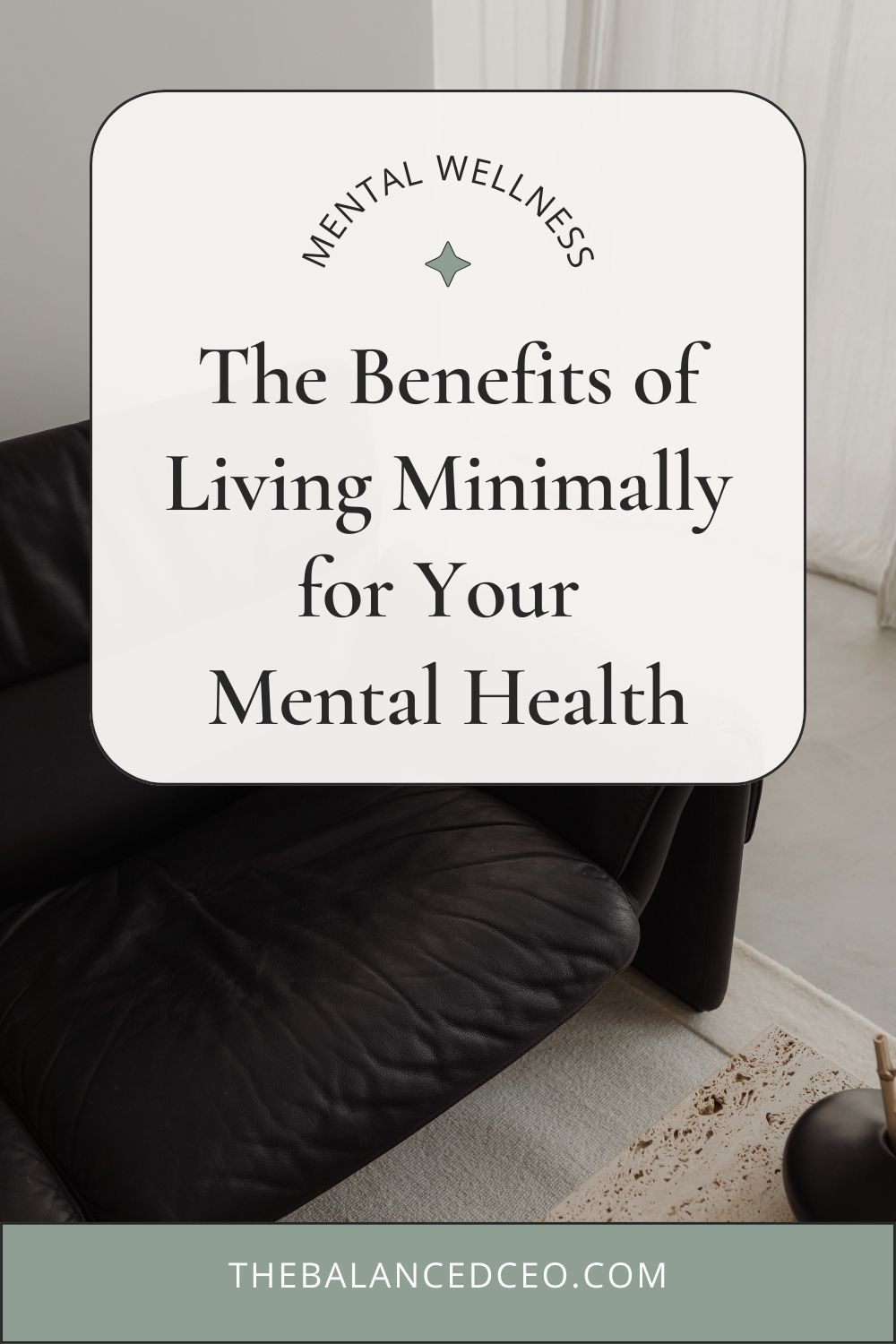
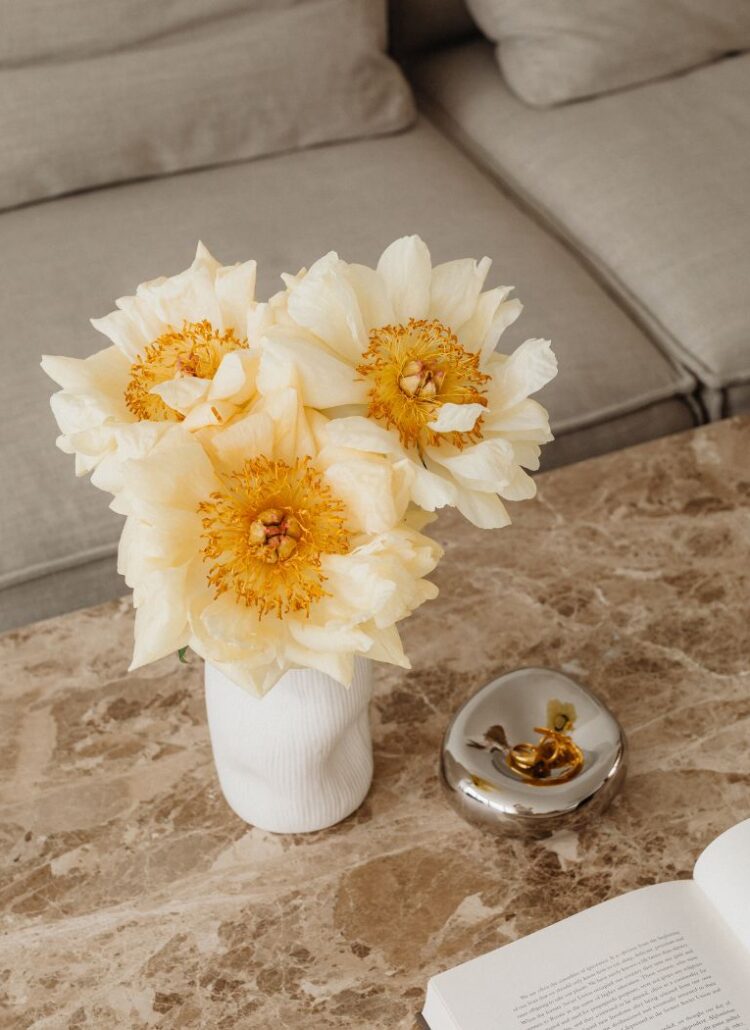
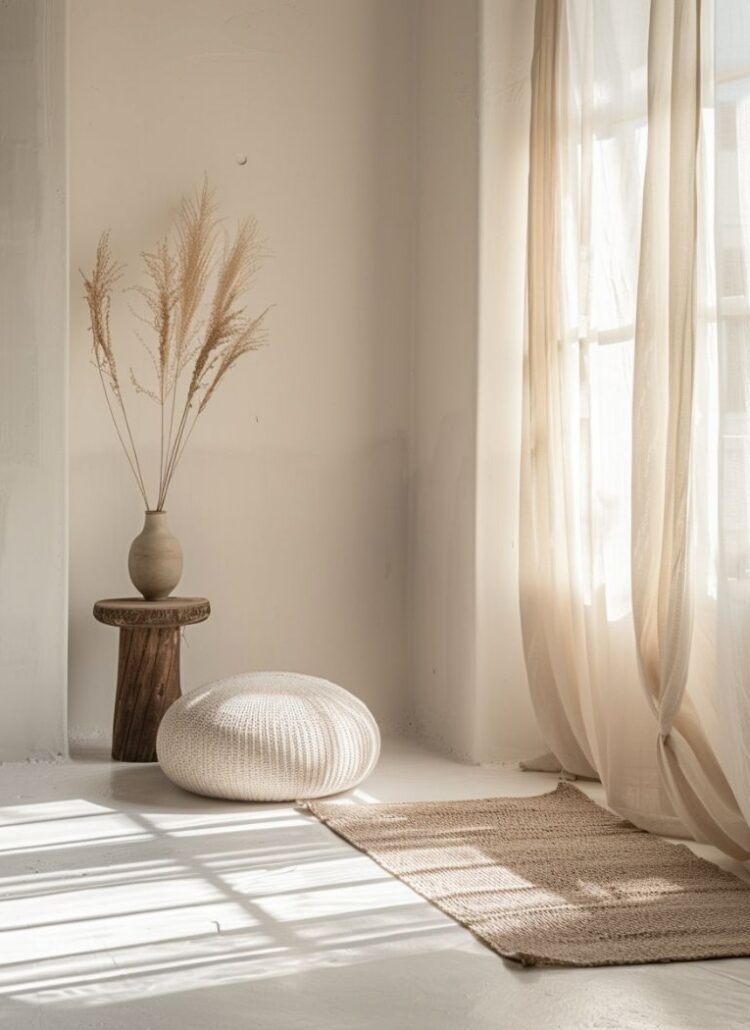
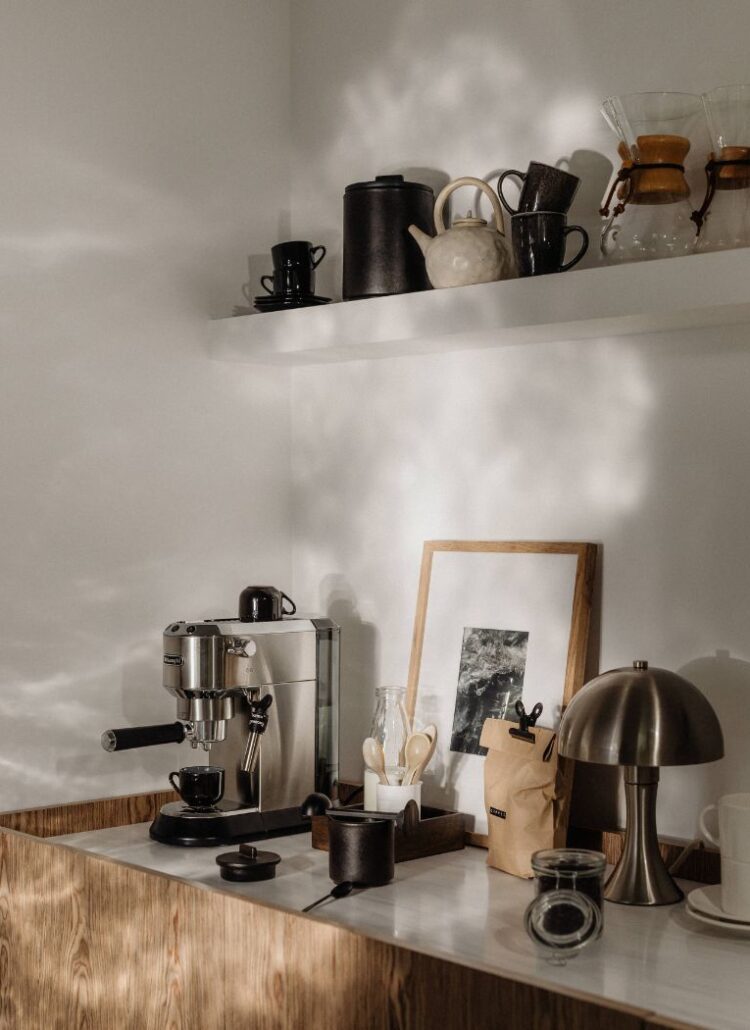

Leave a Reply